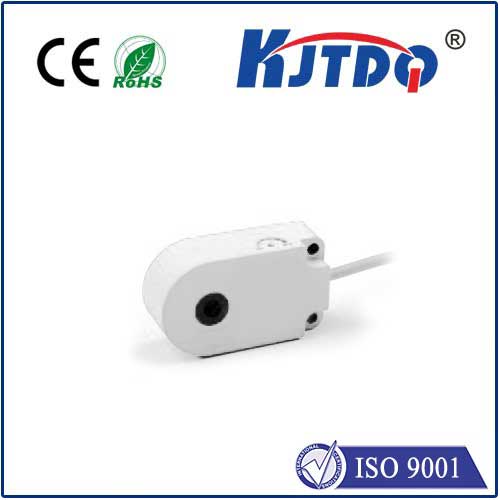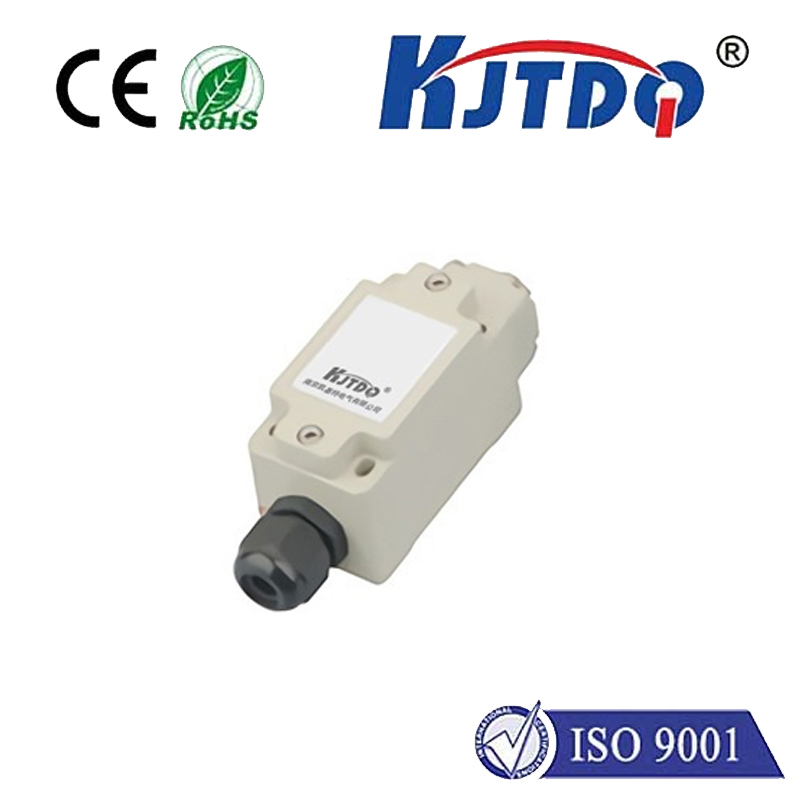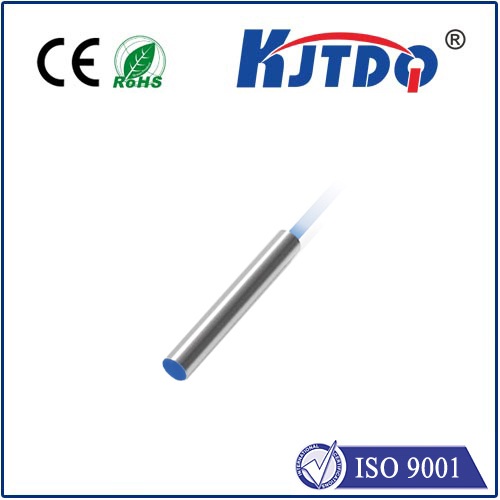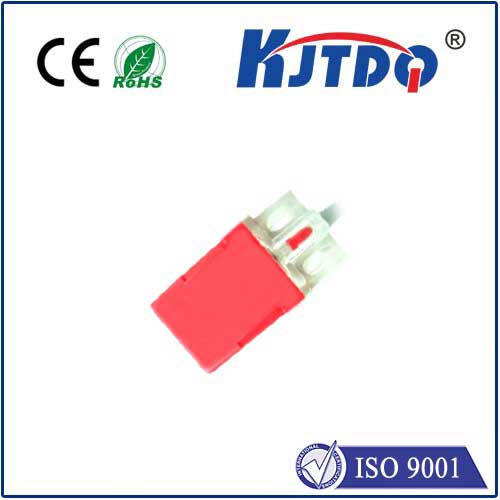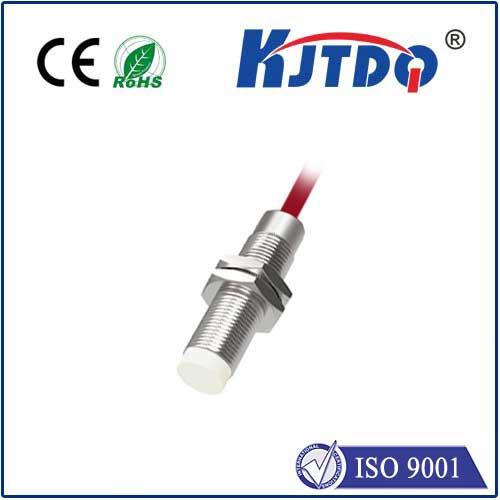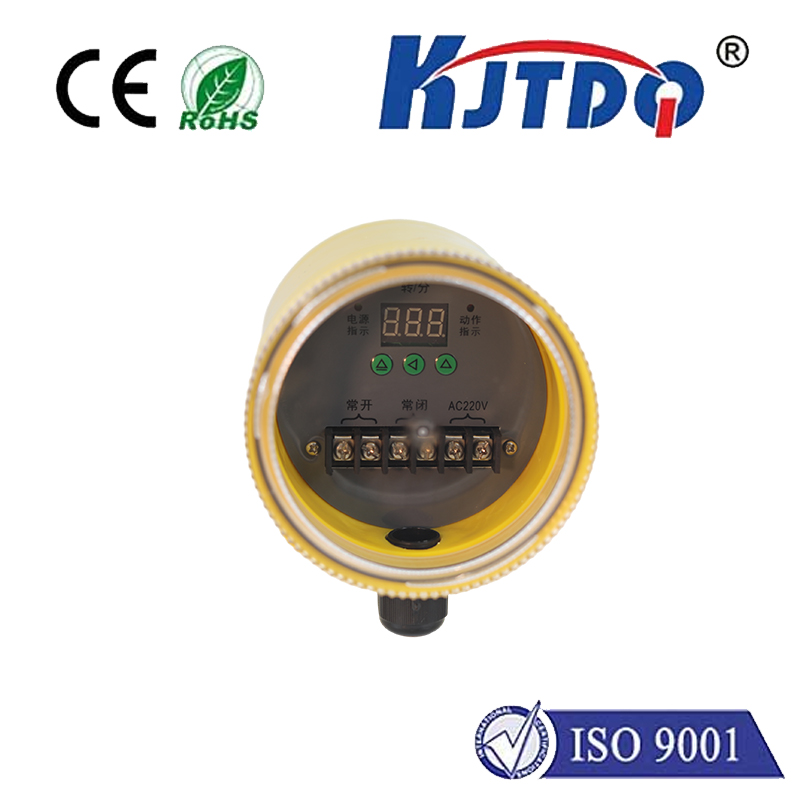
check

check

check

check
In an era where technology permeates every aspect of our lives, smart proximity sensors are emerging as a game-changing innovation. These devices use advanced algorithms to detect and interpret physical proximity, providing valuable insights into various real-world scenarios. Their ability to sense and respond to their environment in real-time has made them indispensable in industries such as healthcare, retail, transportation, and manufacturing. This article delves into the transformative potential of smart proximity sensors and their impact on modern society.
At its core, a smart proximity sensor is a tiny device that can detect the presence or absence of objects or people within a certain distance from it. These sensors employ a variety of technologies, including infrared, ultrasonic, and magnetic fields, to determine distance and identify objects. They are designed to operate silently, without any external power source, making them highly flexible and adaptable.
One of the key benefits of smart proximity sensors is their ability to gather data in real-time. By monitoring the movements and interactions of people and objects within a designated area, these devices can provide valuable insights into user behavior, crowd density, and other important metrics. In the context of healthcare, for example, smart proximity sensors can be used to monitor patient movements and detect early signs of discomfort or distress. Similarly, in retail settings, these sensors can help retailers optimize store layouts and improve customer experience.
Another crucial application of smart proximity sensors is in the realm of security and safety. By integrating with cameras and other surveillance systems, these sensors can detect suspicious activity and alert authorities in real-time. In addition, they can be used to track the movement of individuals during emergencies or disasters, helping first responders to locate and assist victims more quickly.
As with any emerging technology, there are also challenges that need to be addressed. One significant concern is data privacy and security. With so much sensitive information being collected by these sensors, it is essential that appropriate safeguards are put in place to protect user identities and prevent unauthorized access. Furthermore, as the technology continues to evolve, it will be vital to develop robust algorithms that can accurately interpret vast amounts of data from multiple sensors.
Despite these challenges, the potential benefits of smart proximity sensors cannot be overstated. As we continue to push the boundaries of what is possible with this innovative technology, we can expect to see new applications emerge and transform industries around the world. From improving healthcare outcomes to enhancing public safety, the future of smart proximity sensors is indeed bright.
